Understanding Insulation R-Value: Key Facts for a More Energy-Efficient Home
Insulation is a critical component of any home, keeping indoor temperatures comfortable while reducing energy costs. At the heart of insulation performance is its R-value, a measurement that determines how effectively a material resists heat transfer.
Understanding R-value will help you make informed decisions about insulation, whether you’re building a new home or upgrading an older one. Let’s explore what R-value means, why it matters, and how to choose the right materials for your climate and needs.
What Is Insulation R-Value?
R-value measures the thermal resistance of insulation materials. A higher R-value indicates better resistance to heat flow, which means greater energy efficiency. This value depends on the type of material, thickness, and density of the insulation.
R-value is a key factor in determining how well your home retains heat in the winter and stays cool in the summer. Different areas of your home, such as walls, attics, and floors, require varying R-values to achieve optimal performance.
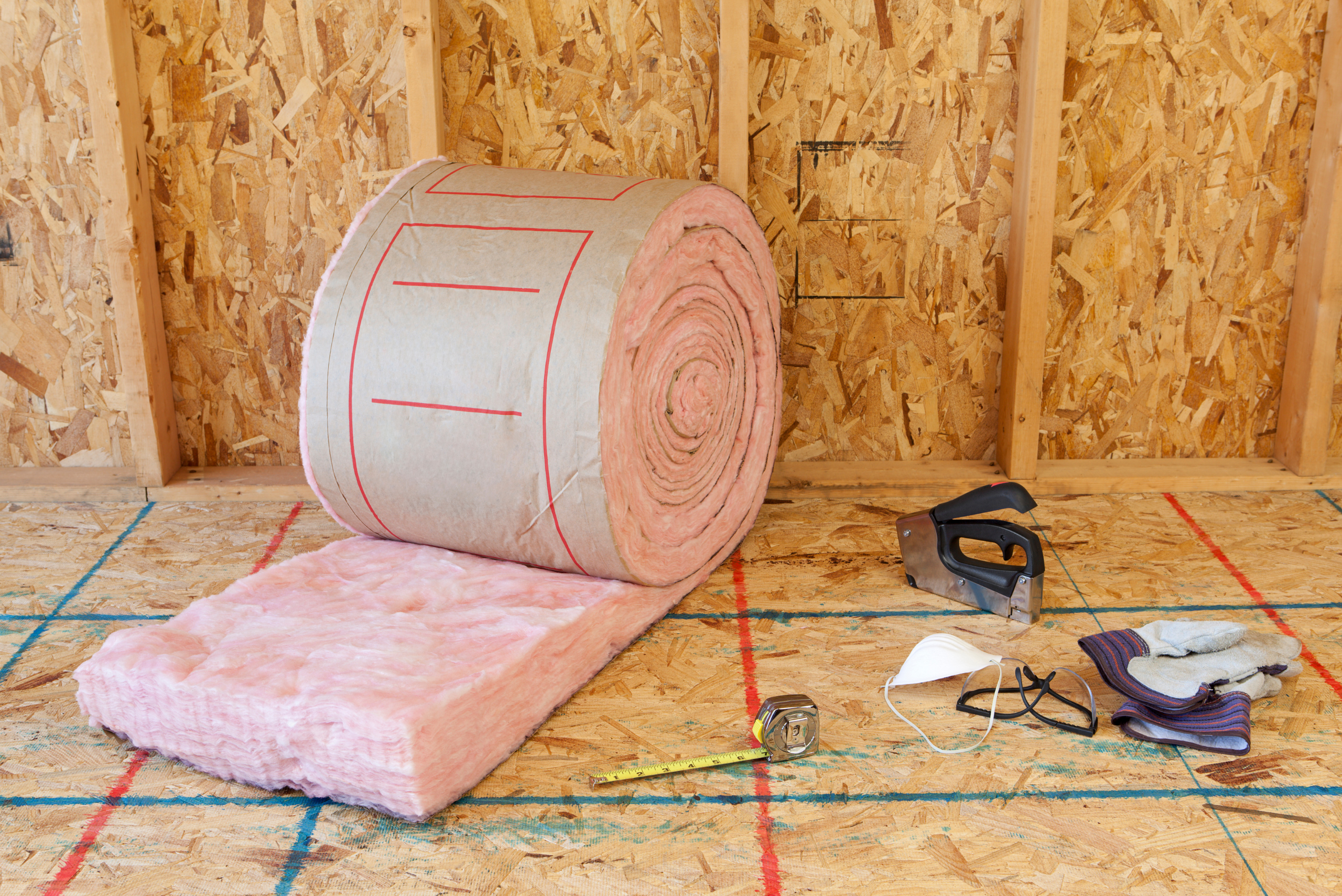
Why Is R-Value Important?
R-value directly impacts energy efficiency and comfort. Insufficient insulation can lead to heat loss in the winter and heat gain in the summer, driving up energy costs. Properly insulated homes maintain consistent indoor temperatures, reducing the strain on HVAC systems.
Additionally, choosing the correct R-value for your region ensures compliance with building codes and standards. Areas with colder climates typically require higher R-values, while milder regions can suffice with lower values.
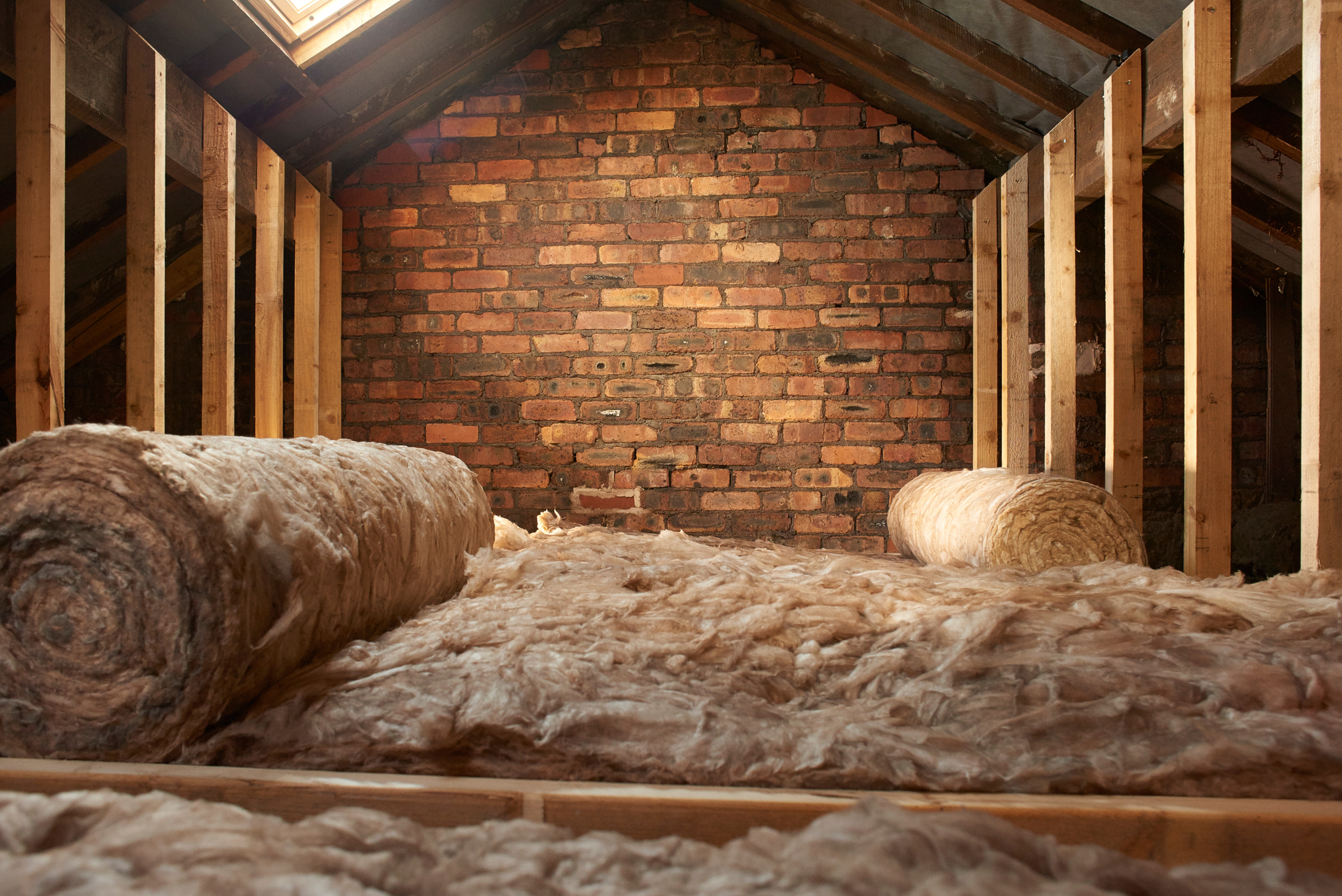
Factors That Influence R-Value Selection
Several factors affect the R-value needed for your home. The climate is the most significant, with colder regions demanding higher R-values for better insulation against extreme temperatures. The location of the insulation, whether in walls, attics, or basements, also determines the appropriate R-value.
Building materials and existing insulation levels play a role, too. For example, older homes may need upgraded insulation to meet modern standards, while newer builds often incorporate advanced materials with higher R-values.
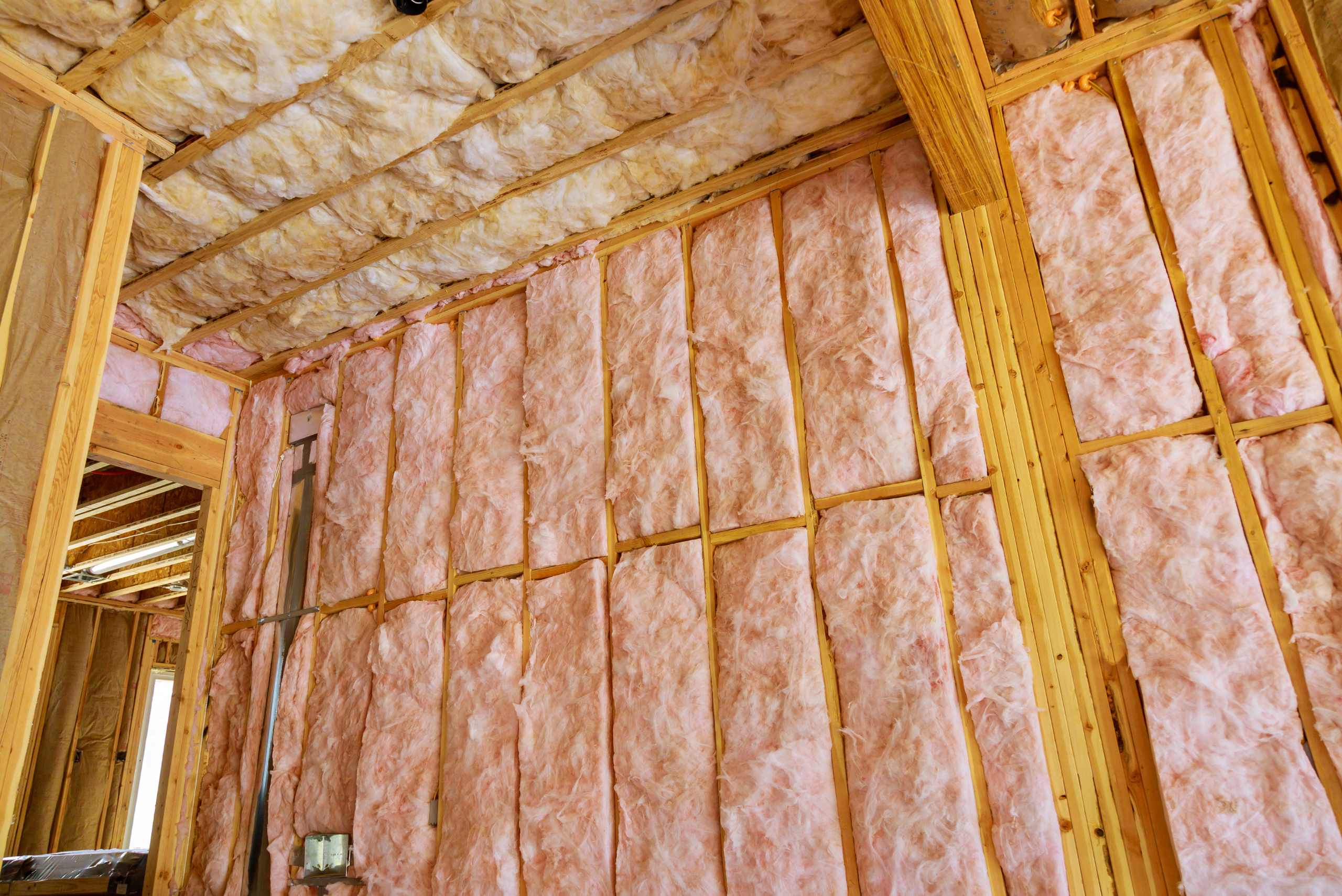
Different Types of Insulation and Their R-Values
Insulation comes in various forms, each with a unique R-value. Fiberglass batts and rolls are common, offering R-values of 2.9 to 4.3 per inch. Spray foam insulation, on the other hand, has a much higher R-value, ranging from 3.5 to 6.5 per inch, depending on the type.
Rigid foam boards, cellulose, and mineral wool are other popular options, each suited to specific applications. Understanding the properties and R-values of these materials can help you choose the best solution for your home’s needs.
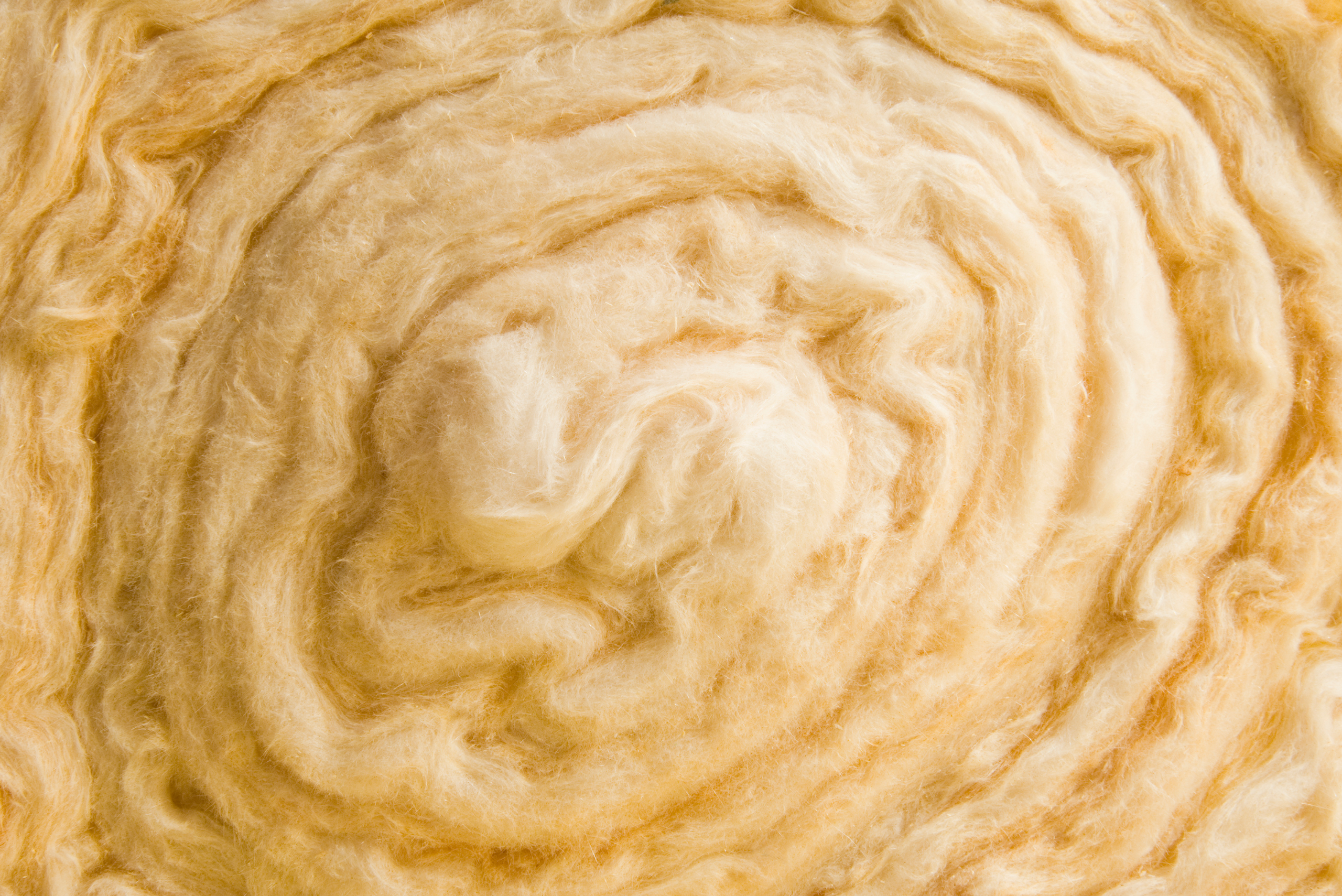
How to Maximize the Benefits of R-Value
To get the most out of your insulation’s R-value, proper installation is key. Even the highest-rated materials can underperform if poorly installed or if gaps and compression occur. Hiring a professional installer can ensure optimal performance and longevity.
Regularly inspecting and upgrading insulation is another way to maintain energy efficiency. Over time, factors like settling, moisture, or damage can reduce insulation effectiveness. Staying proactive helps keep your home comfortable and energy-efficient year-round.
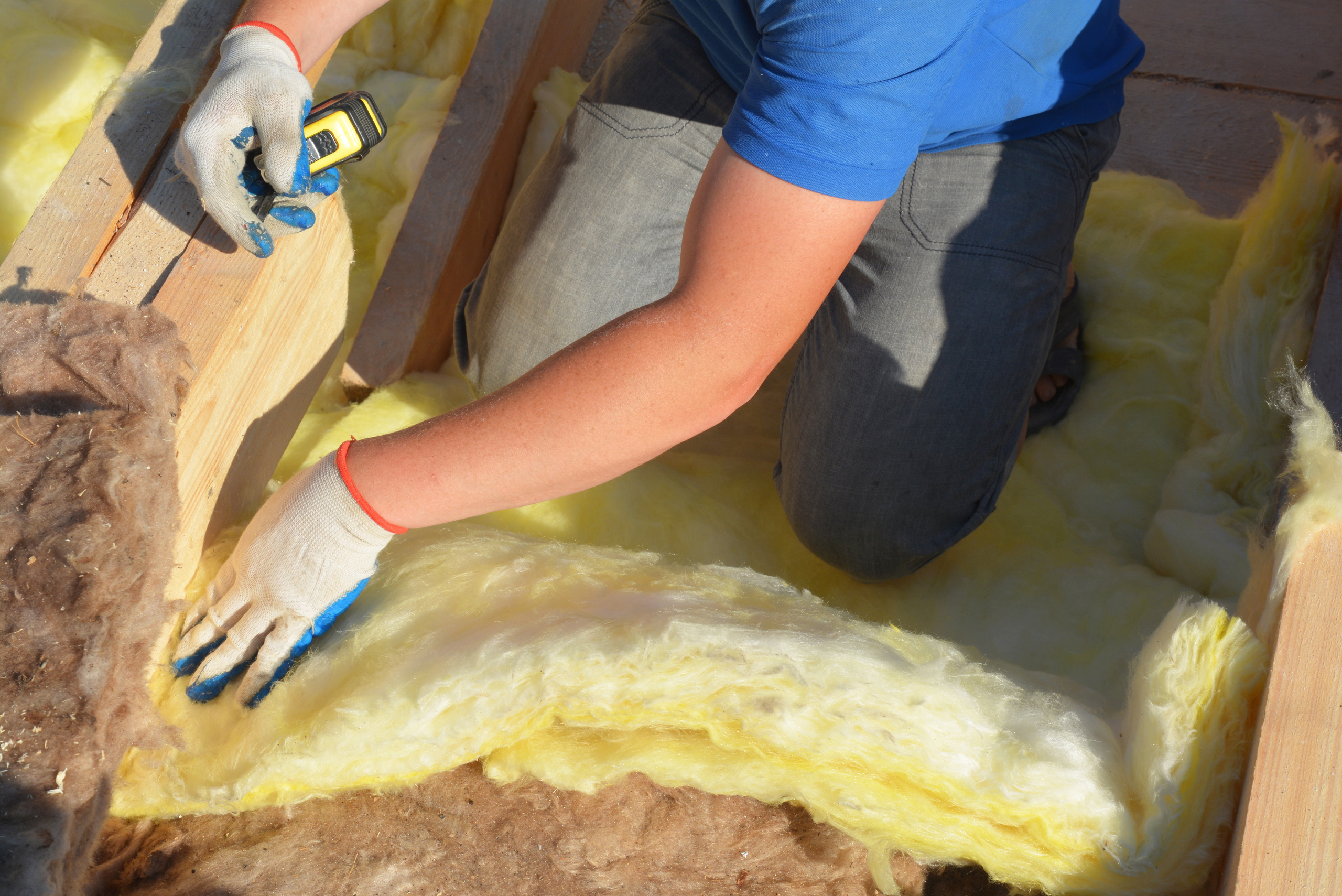
Related Articles
- Winter is Coming: Installing Attic Insulation
- Essential Winter Home Maintenance Tasks to Tackle Now
- Vermiculite Insulation: DIY Safe Asbestos Removal
Understanding insulation R-value is essential for creating a comfortable and energy-efficient home. By considering your climate, home design, and insulation type, you can choose the right R-value to optimize performance and reduce costs. Insulation is an investment that pays off in comfort and savings. Armed with these facts, you’re ready to make informed decisions and ensure your home stays cozy and efficient for years to come.
Ready to start your next project? Join our DIY community to receive tool tips, how-to guides, and exclusive creative insights. Subscribe to the ManMadeDIY newsletter now! Click here to unlock a world of hands-on inspiration.









